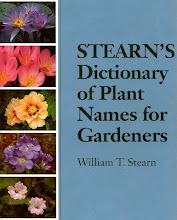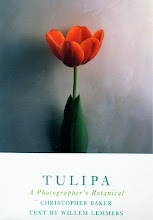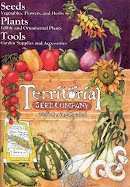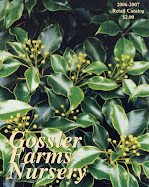Lincoln Park October 2011
Lincoln Park October 2011
Lincoln Park October 2011
Lincoln Park October 2011
Arbutus menziesii (Madrona) in Lincoln Park October 2011
Lincoln Park is probably the most popular park in West Seattle. It is one of the largest in Seattle at 135 acres. It has a number of attractions including trails, picnic shelters, playing fields, views of Puget Sound, the Colman Pool & a long beach. There are a number of old growth Douglas Fir (Pseudotsuga menziesii) at the top of the bluff in a park-like setting. The most natural part of the park is the bluff, with fine specimens of Madrona (Arbutus menziesii) & the thin strip of beach with many large driftwood logs. Unfortunately, the wide path between the bottom of the bluff & the beach, is paved in asphalt. Lincoln Park is an interesting mix of nature & human development. The most quirky elements are the Redwood (Sequoia sempervirens) groves in the upper area of the park. Why were these trees planted & why so many? Lincoln Park is located next to the Fauntleroy Ferry Terminal in the neighborhood of Fauntleroy. The small Fauntleroy business district, with a few restaurants, is nearby.
















































































